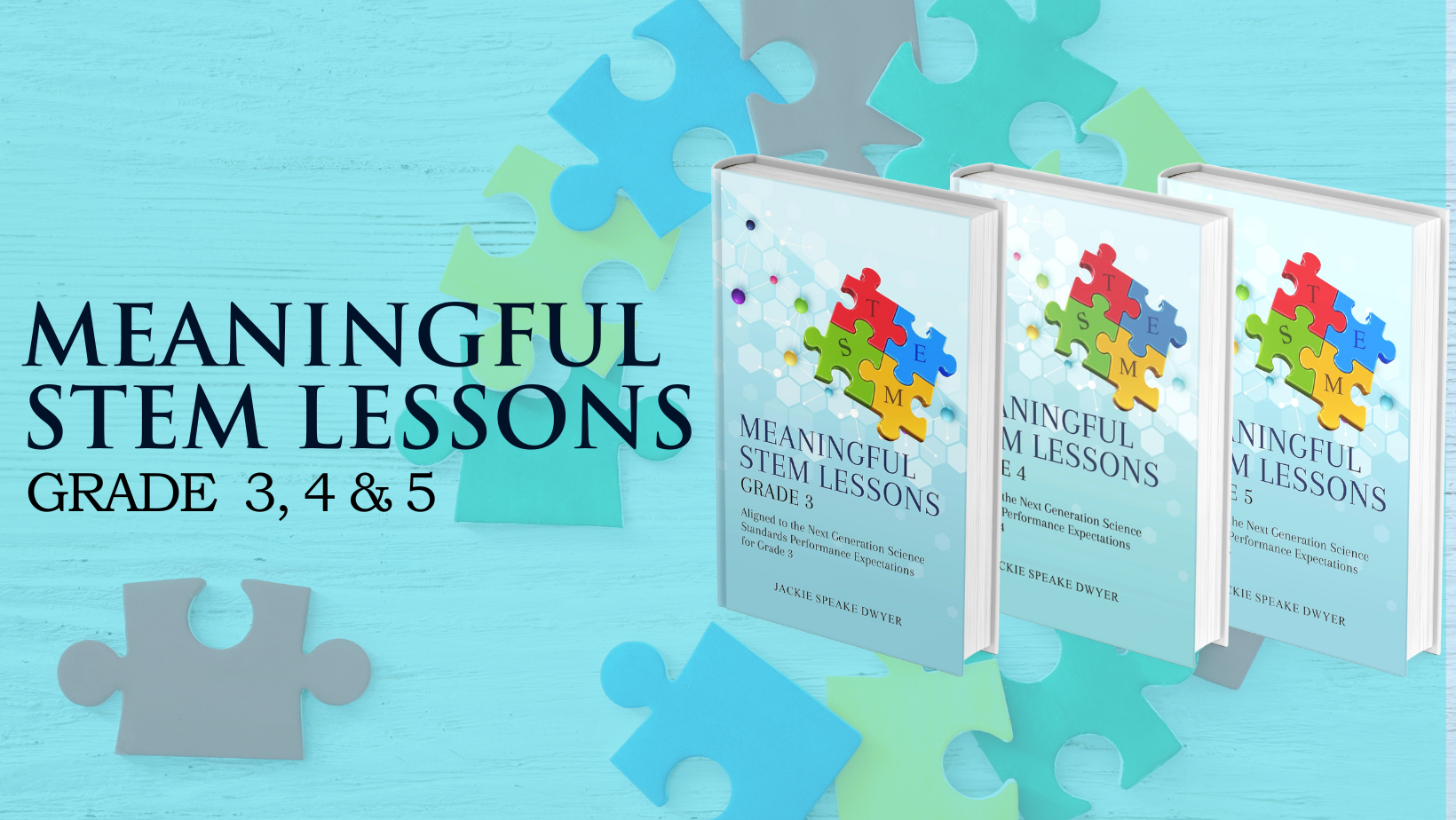Collaboration is a cornerstone of modern education, especially in the field of STEM (Science, Technology, Engineering, and Mathematics). As technology and society advance, the ability to work effectively in teams becomes increasingly important. Collaborative learning not only fosters teamwork but also enhances problem-solving skills, making it a vital approach in STEM education. This article explores the benefits of collaborative learning in STEM, the skills it cultivates, and practical strategies for implementing collaborative activities in the classroom.

The Benefits of Collaborative Learning in STEM
Collaborative learning involves students working together to achieve common goals. In STEM education, this approach offers several significant benefits:
Promotes Teamwork and Communication
Students who work together must be able to communicate, share ideas, and decide as a group. These exchanges improve communication abilities and promote cooperation. Pupils acquire the listening, speaking, and consensus-building abilities that are necessary for success in STEM fields.
Encourages Diversity of Thought
When students work together, they bring diverse perspectives to the table. This diversity encourages creativity and innovation as students approach problems from different angles. Collaborative learning fosters an inclusive environment where all voices are valued, leading to richer discussions and more effective problem-solving.
Develops Problem-Solving Skills
Solving complicated challenges that call for cooperation and original thought is a common practice in collaborative learning. Pupils get skills in problem-solving, concept generation, and idea testing. Through this process, they improve their ability to solve problems and get ready for STEM challenges in the real world.
Boosts Engagement and Motivation
Working in teams can increase student engagement and motivation. Collaborative activities are often more dynamic and enjoyable than traditional lectures, making learning more appealing. Students are more likely to stay engaged and motivated when they have the support of their peers.
Strategies for Implementing Collaborative Learning in STEM
To make the most of collaborative learning in STEM, teachers need effective strategies that promote teamwork and problem-solving. Here are some practical approaches for implementing collaborative activities in the classroom:
Design Group Projects and Experiments
Working on projects in groups is a terrific approach to promote cooperation. Assign assignments that call for group problem-solving or task completion from the students. For instance, a bridge-building competition can help students work as a team and apply engineering concepts in a lighthearted, enjoyable environment.
Use Cooperative Learning Structures
Cooperative learning structures, such as “think-pair-share” or “jigsaw,” are designed to promote collaboration. These structures encourage students to work in pairs or small groups, ensuring that everyone has a role to play. This approach helps build a sense of community and encourages active participation.
Encourage Peer-to-Peer Teaching
Peer-to-peer instruction is a powerful tool for fostering teamwork and solidifying knowledge. Encourage your pupils to share their expertise, give feedback, and clarify topics with one another. This enhances comprehension and promotes a cooperative learning environment in the classroom.
Incorporate Technology for Collaborative Learning
Technology can enhance collaborative learning by providing tools for communication and collaboration. Use online platforms, collaborative documents, and virtual meeting spaces to facilitate teamwork. This allows students to collaborate even when they’re not physically in the same space.
Conclusion
In STEM education, collaborative learning is a potent strategy that has several advantages for students. Collaborative activities set students up for success in the modern world by encouraging teamwork, communication, and problem-solving. Teachers may establish a learning environment in the classroom that encourages creativity, innovation, and a strong feeling of community by using effective ways for adopting collaborative learning. In the end, STEM collaborative learning equips students with the skills necessary to solve problems effectively and gets them ready for the teamwork that comes with working in a professional setting.
Collaborative learning stands as a potent strategy in STEM education, equipping students with essential teamwork, communication, and problem-solving skills. By fostering creativity, innovation, and a sense of community, collaborative activities prepare students for the challenges of the modern world. Meaningful STEM Lessons Grade 3, Meaningful STEM Lessons Grade 4, and Meaningful STEM Lessons Grade 5 by Jackie Speake Dwyer offer comprehensive resources to enrich collaborative learning in STEM classrooms. Aligned with NGSS, these resources empower educators to cultivate teamwork and critical thinking, laying the groundwork for success in STEM education and beyond. Elevate your classroom’s collaborative spirit—get your copies today from these links below!
Meaningful STEM Lessons Grade 3: https://amz.run/9BwZ
Meaningful STEM Lessons Grade 4: https://amz.run/9Cqh
Meaningful STEM Lessons Grade 5: https://amz.run/9Cqh